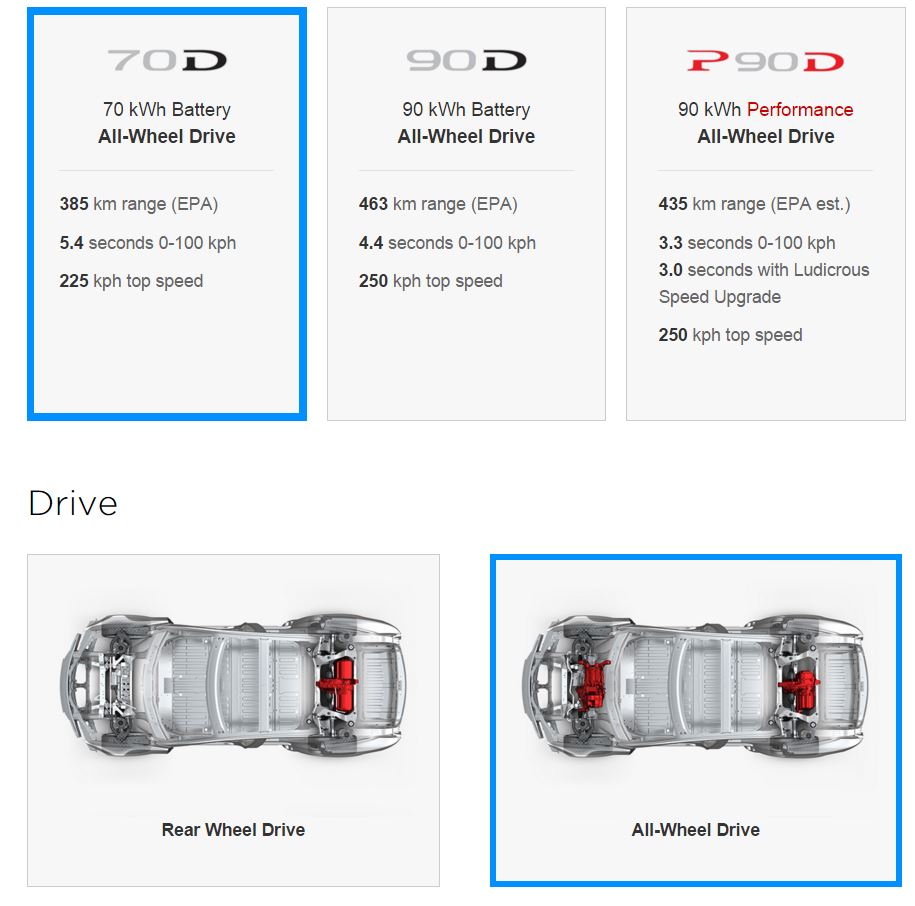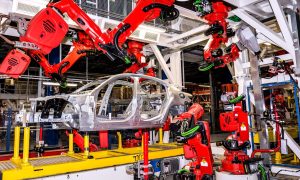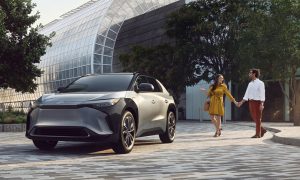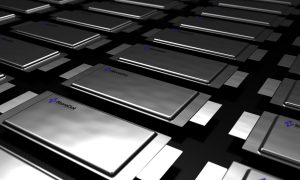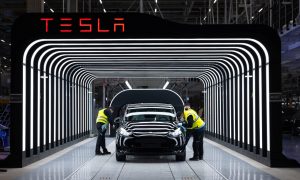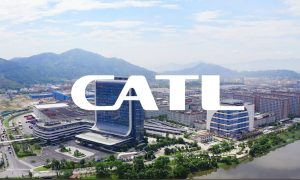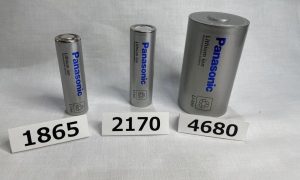News
Tesla Removes 85 kWh Battery Option in Canada, Is it a Sign?
Tesla will no longer offer the 85 kWh battery to Model S customers in Canada. It also has deleted the single motor rear wheel drive version of the car for people who live north of the border. The company has given no explanation for the changes.
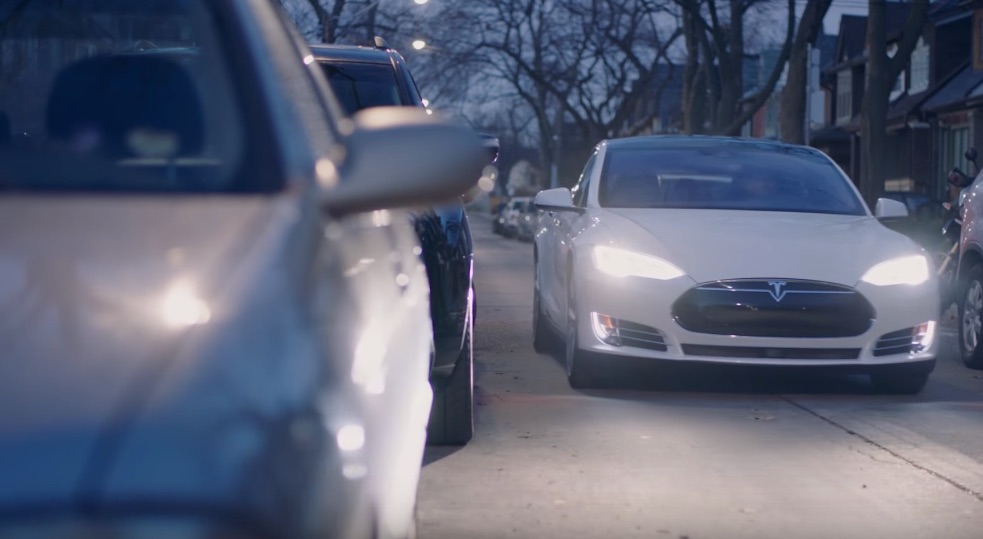
The Model S can no longer be ordered with the 85 kWh battery according to the recent spot in the CanadianTesla Design Studio.
Updated Feb. 8, 2016: Tesla officially discontinues Model S 85 kWh battery option worldwide
The move has left many across the Tesla social groups wondering why the change only applies in Canada? Is this a signal that similar changes are about to happen in other countries as well? Elon has always maintained that an increase in battery capacity by 5% a year should be expected. Perhaps a 95kWh or even a 100 kWh battery may be in the offing for later this year.
The 85 kWh battery has been the largest size battery offering since Tesla first opened up Model S for orders in 2012. In 2013, Tesla discontinued a 40 kWh version of the battery due to lack of demand, leaving both a 60 kWh version and the 85 kWh pack as available options.
More recently, Tesla has discontinued the 60 kWh battery and replaced it with a 70 kWh version capable of 230 miles (385 km) of range, as well as introduced the 90 kWh battery capable of over 270+ miles, during the time when the company announced its Ludicrous mode option.
Tesla made the 70D variant of the Model S the entry level model, but then backtracked and reinstated a rear wheel drive version for $5,000 less. The company seems to be experimenting with different equipment combinations, trying to find the perfect alignment of affordability, performance, supply, and profits. By having the 70 kWh and 90 kWh as the only available battery options, Tesla is leaving a significant step in price between the battery configurations perhaps as a strategic move to cater to two different types of audiences – those that want a lower cost barrier of entry while having 200+ miles of range, and those that seek longer range with higher performance in mind.
It’s also possible that having a larger battery at the top of the range will allow Tesla to increase the size of the entry level battery as well. Perhaps a Model S 75D is lurking around the corner? A slightly larger battery would benefit the current entry level 70D Model X by giving it some extra range, something the super heavyweight electric crossover could leverage especially when put to use.
The configuration change in Canada may also presage a move to make dual motors standard across the range. Doing so would help streamline production and improve the number of cars Tesla can build each week.
Elon has said the company makes up to 20 running changes to its cars every month. Most of them are not publicized. Perhaps Tesla wants to avoid a situation like Chevrolet and Nissan found themselves in last year when they each announced significantly improved versions of the Volt and LEAF were coming soon. Sales of existing cars plummeted as a result. By simply implementing changes it deems necessary without fanfare, Tesla avoids falling into the same trap.
News
Germany’s military plans to build Starlink alternative by 2029

Germany’s military, known as Bundeswehr, plans to build its own satellite constellation as an alternative to SpaceX’s Starlink. Germany aims to secure independent communications capabilities with its own Starlink-like constellation.
The Bundeswehr seeks to reduce reliance on foreign networks amid rising geopolitical tensions. The German armed forces intend to deploy a constellation of hundreds of satellites for communications and potentially remote sensing applications. Handelsblatt confirmed the plans with a German Ministry of Defense spokesperson, though details on cost and design remain classified due to national security.
According to the Ministry of Defense spokesperson, Germany is exploring a few deployment options that may become an alternative to Starlink. The Bundeswehr is considering which service will meet Germany’s growing demand for Starlink-like connectivity. Germany’s timeline for a constellation that could rival Starlink is 2029, though it’s unclear whether this marks the start or completion of construction.
The Bundeswehr’s interest in a Starlink alternative reflects lessons from Ukraine’s use of SpaceX’s internet services during Russia’s invasion since February 2022. Ukraine’s use of Starlink underscores satellites’ critical role in wartime communications.
Recent reports indicate that Russia and China are exploring Starlink alternatives, amplifying concerns about dependency on foreign systems. As global powers increasingly view space as a critical domain, Germany’s move signals a broader trend of nations seeking control over their orbital assets.
The Bundeswehr’s constellation, if realized, could reshape Europe’s defense landscape, offering a counterpoint to Starlink’s dominance while addressing the risks of over-reliance on external providers in an era of heightened global uncertainty.
Other European countries have also sought alternatives to Starlink. The shift away from Starlink has been linked to Elon Musk and the public’s sentiments about the SpaceX CEO. However, Italy’s Defence Minister urged politicians to focus on Starlink’s tech, not Musk’s politics, when considering SpaceX’s internet service.
News
Tesla’s top investor questions ahead of the Q1 2025 earnings call
Unsupervised FSD, Cybercab, and future models are just a few of the leading topics for the upcoming earnings call.
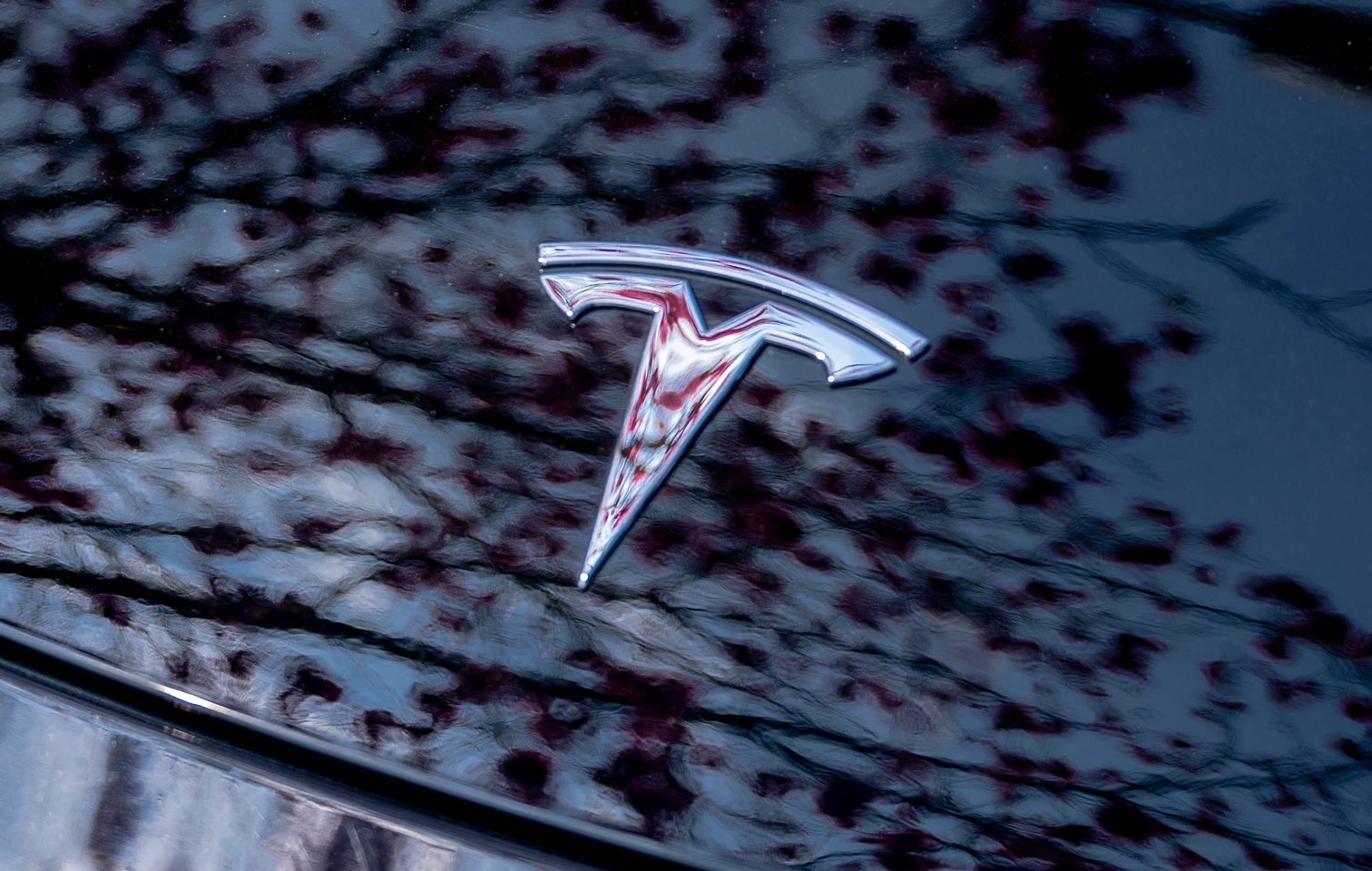
The next Tesla earnings call is a week away, and many investors have already started voting on which questions they want answered during the meeting.
Shareholders can submit and vote on questions for the upcoming call using the Say Technologies platform and at the time of writing, the page already has a total of 2.59 million Tesla shares represented in the polls across a total of 6,390 participants. The Q1 2025 Tesla earnings call is set for next Tuesday, April 22 at 2:30 p.m. Pacific, and will be hosted live on X.
Currently, the top questions for the call include those about Tesla’s highly anticipated launch of Full Self-Driving (FSD) Unsupervised and the Cybercab, plans for more affordable models, the uncertain global economic climate, the Optimus robot, and more. Shareholders can continue submitting questions on the platform until Monday, April 21 at 1:00 p.m. Pacific.
Tesla reported delivering 336,681 vehicles and producing 362,215 in the first quarter of the year, and the company noted that it lost several weeks of production as it transitioned to building the new Model Y. The company also reported deploying 10.4 GWh of energy storage products, compared to just 4,053 MWh in the first quarter of last year.
Interestingly, Tesla shifted its wording of the earnings call in this year’s Q1 production and delivery report, instead referring to the upcoming meeting as a “Q1 Company Update.”
READ MORE ON Q1 2025: Global EV sales climbed 29% in March, powered by China and Europe
Top 15 questions for Tesla’s Q1 2025 earnings call, by shares represented
- When will FSD unsupervised be available for personal use on personally-owned cars? (2,000 votes, 1.2 million shares)
- Is Tesla still on track for releasing “more affordable models” this year? Or will you be focusing on simplified versions to enhance affordability, similar to the RWD Cybertruck? (2,000 votes, 890,700 shares)
- How is Tesla positioning itself to flexibly adapt to global economic risks in the form of tariffs, political biases, etc.? (1,400 votes, 640,600 shares)
- Did Tesla experience any meaningful changes in order inflow rate in Q1 relating to all of the rumors of “brand damage”? (728 votes, 562,000 shares)
- Does Tesla still have a battery supply constraint (noted on Q4 ER call) and how does this change w/tariffs? (606 votes, 491,400 shares)
- Robotaxi still on track for this year? (1,300 votes, 426,700 shares)
- Regarding the Tesla Optimus pilot line, could you confirm if it is currently operational? If so, what is the current production rate of Optimus bots per week? Additionally, how might the recent tariffs impact the scalability of this production line moving forward? (744 votes, 405,400 shares)
- Can you provide more details on the plans for HW3 upgrade path for FSD? (411 votes, 376,500 shares)
- What is the plan to achieve the Whitehouse stated goal of doubling deliveries in 2 years based on specific market segments and regional factory contributions? (398 votes, 364,900 shares)
- When do you expect Robotaxi to expand to all major US cities? (809 votes, 318,900 shares)
- What is the Tesla solution for megapack battery cell supply in the US relating to tariffs and when does it come on line in production volume? Did Tesla import sufficient supply of LFP until US LFP Is ready? (307 votes, 315,200 shares)
- Has Tesla received any formal interest or entered into discussions with other automakers about licensing FSD technology, and if so, can you share any progress or obstacles you’ve encountered in those conversations? (334 votes, 288,900 shares)
- How is the AI for Optimus progressing? (319 votes, 286,700 shares)
- When is Grok coming to Tesla vehicles? And will it be able to control anything in the car? (372 votes, 241,000 shares)
- When will Tesla Insurance be available in all 50 states. I’m from Idaho, and I’m surrounded by states where it is available, but it isn’t available in my state. (195 votes, 224,200 shares)
Tesla reveals its Q1 Supercharger voting winners, opens next round
Elon Musk
Elon Musk continues to push optimistic goal for Tesla Full Self-Driving
Elon Musk continues to push the idea that Teslas will be able to drive themselves to your house this year on their own. It’s perhaps the most committed we’ve seen him toward a timeline.
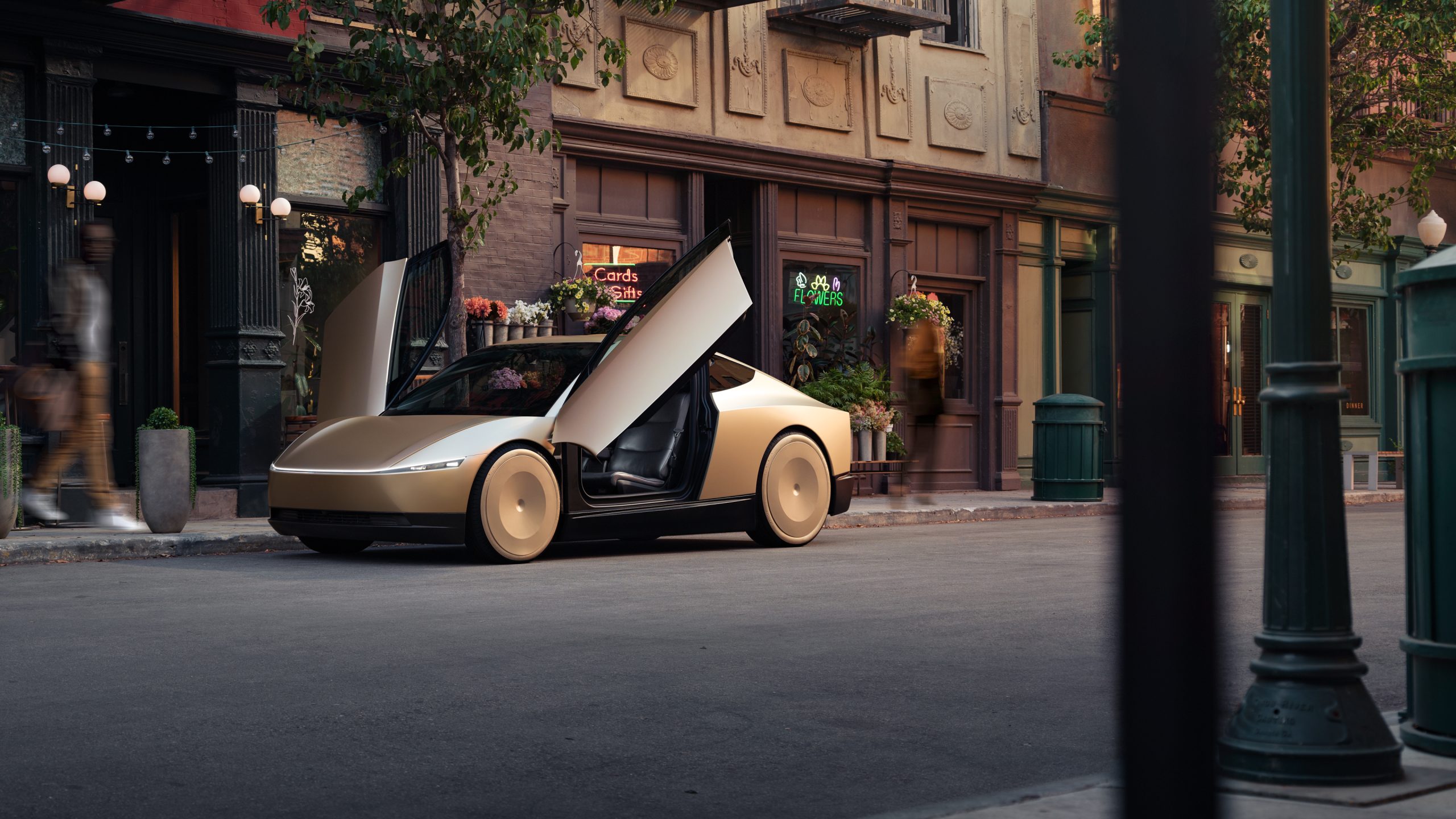
Elon Musk has always been optimistic about when Tesla would be able to solve Full Self-Driving and what its capabilities would be, and sometimes, he’s been a tad too optimistic.
We have heard for many years that Tesla will solve Full Self-Driving by the “end of this year,” and “this” means whichever year he said it in. But this time, he’s putting all his eggs in the 2025 basket, and it was further reiterated in a recent post from the Tesla CEO on X.
Musk’s Tesla has launched several versions of Full Self-Driving in recent months that are extremely impressive. I’ve tried some of these recently-released versions within the last week, and I’ve grown extremely impressed with the performance of FSD, especially in some situations that are even tricky for humans to maneuver.
However, Tesla’s FSD suite handled it flawlessly. That’s the kind of thing investors and consumers need to see before it is released, especially as we’ve all heard the “this year” speech for nearly a decade. It might be the real thing this time, especially as the company is leaning heavily on the Robotaxi fleet to take it to the next level.
Earlier today, Tesla’s official account on X indicated that your car will be able to drive itself to your house. Musk had a witty and simple reply, something that indicates and reiterates his optimistic outlook for FSD as it continues to be refined and adjusted for what will likely be a June release in Austin, Texas:
This year https://t.co/2eCadrXYfd
— Elon Musk (@elonmusk) April 15, 2025
Of course, this is not a confirmation that Tesla will roll out Full Self-Driving that is unsupervised within the next few months. It is increasingly obvious that Musk is gaining tons of confidence in what the company is doing, as he has reiterated this end-of-year target on several occasions.
It does not appear that the release of FSD will be a widespread one. Instead, it seems as if Tesla will roll out the Robotaxi fleet in several cities at first, as it has already taken several regulatory steps in Texas and California.
If Tesla is able to come through on this, it would be massive for the company and its investors, especially as the FSD suite is a major point of value for the future. However, not coming through on this timeline would be a massive misstep for the company. Musk’s adamance regarding the 2025 rollout of self-driving features is truly the most committed we’ve ever seen him toward this sort of timeline.
-
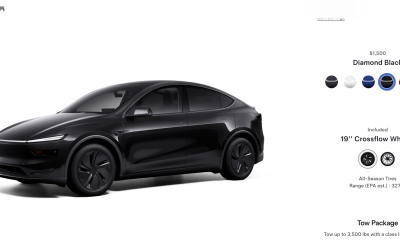
 News2 weeks ago
News2 weeks agoTesla rolls out new, more affordable trim of the Model Y Juniper in U.S.
-
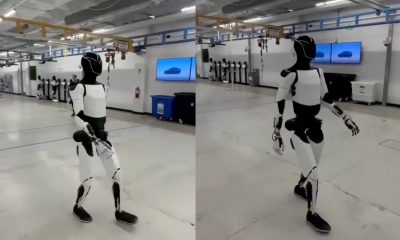
 News2 weeks ago
News2 weeks agoTesla shares Optimus’ improved walk in new update video
-
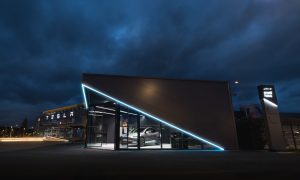
 Elon Musk2 weeks ago
Elon Musk2 weeks agoTesla Germany reports 4,935 units sold in Q1 2025
-
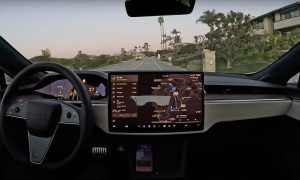
 News2 weeks ago
News2 weeks agoTesla expands Early Access Program (EAP) for early Full Self-Driving testing
-

 Elon Musk2 weeks ago
Elon Musk2 weeks agoNYC Comptroller moves to sue Tesla for securities violations
-
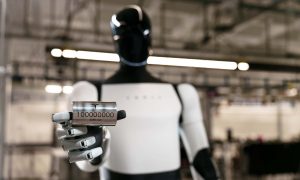
 News1 week ago
News1 week agoTesla celebrates key milestone for 4680 battery cell production cost
-
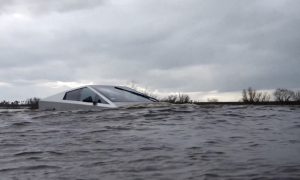
 News2 weeks ago
News2 weeks agoTesla’s Elon Musk reiterates ambitious Cybertruck water update
-
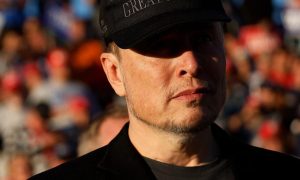
 News2 weeks ago
News2 weeks agoElon Musk will continue as DOGE adviser: VP Vance

